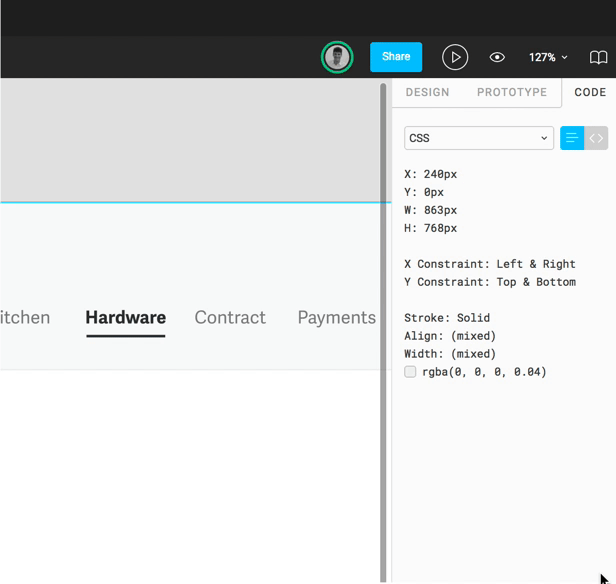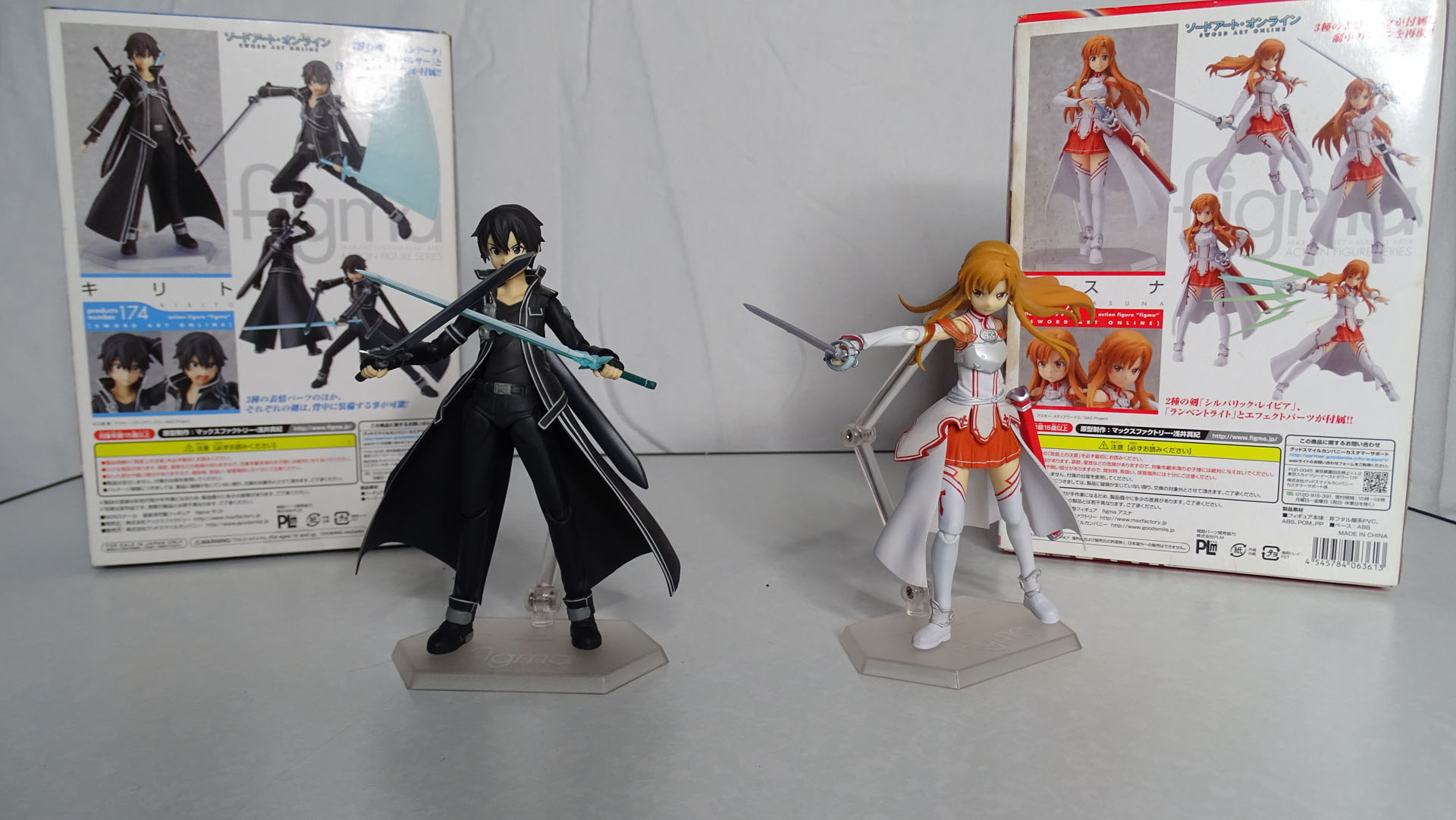

However, it requires far more effort and technical knowledge and does not support synchronization with your design tool (unless you are a very skilled programmer willing to create your own custom plugin). This gives you more leeway in what you can do. Custom platforms – Finally, you have the option of developing your own platform.In our case, we use zeroheight to explain use cases, combinations, values, etc. Some of these tools even sync with your design tool automatically, so keeping your design system up to current with the latest modifications is a breeze. Their layouts are better for displaying brand and design. Design documentation tools – Frontify, zeroheight, Nuclino, Lucid, and Bynder are just a few examples of design documentation tools.Examples include GitBook, VuePress, Fractal and Confluence. Because there is no integration with design tools, designers have to develop (and update) images of each design and manually (re)place them on the website. Most of these tools are geared toward developers, with options for hosting and displaying code. Documentation tools – These tools host publicly available web pages with version control that anybody can use to retrieve information.Interestingly, Framer X mixes development and design by incorporating code. These tools, including Sketch, Figma, Adobe XD, and Framer X, aren’t designed for general documentation. Also, use them to share designs (e.g., exporting images, online access and shared libraries). Design tools – Use design tools to create any digital screen and manage all your digital assets.These are the four main types of documentation tools: Several platforms can handle documentation, and many of them are free. and the documentation of the whole design system) or do this separately with the UI Kit on a design platform such as Figma, Sketch, or Adobe XD while you do the design-system documentation on another platform. You can choose to do everything in Figma (i.e., create components, modules, etc.
#Figma cost code#
Documentation can also include your guiding principles and code snippets, the rationale behind design choices, dos and don’ts, etc. It is essential to document best practices for elements, components, views, and patterns. Definition of toolīefore starting to prepare anything, it is important to define where you do the designs and where you do the documentation.

The three different approaches to organising a design system: solitary, centralised, or through federated teams (source: ). In this way, we ensure that a certain amount of time is always dedicated to keeping our design system in order. Also, when defining the OKRs for each quarter, we take into account that there must be a task related to the design system, either to update, add or remove certain elements.

In our case, as we only have two designers on the product team, we’ve decided that only one person will be in charge and will dedicate a specific amount of time per week to maintaining the system. This includes the cost and time required, the priorities, and the strategy to follow through on those priorities. You will also need to determine the business goals-how you will measure the success of the design system. You can do this in different ways: in solitary, centralised, or federated teams. The first step is to clearly plan who will be in charge of the design system and decide on the process they will carry out. Creating a successful, long-lasting design system requires a great deal of effort and pre-planning. So one important thing you need to know is that a design system is not a file that you complete once and assume it’s good forever.

Design system creation processĪccording to respondents to the latest survey on the state of Design Systems in 2020, building a design system can land you in debt for two main reasons: Define pages (screens, viewports, compositions)Ĩ.


 0 kommentar(er)
0 kommentar(er)
